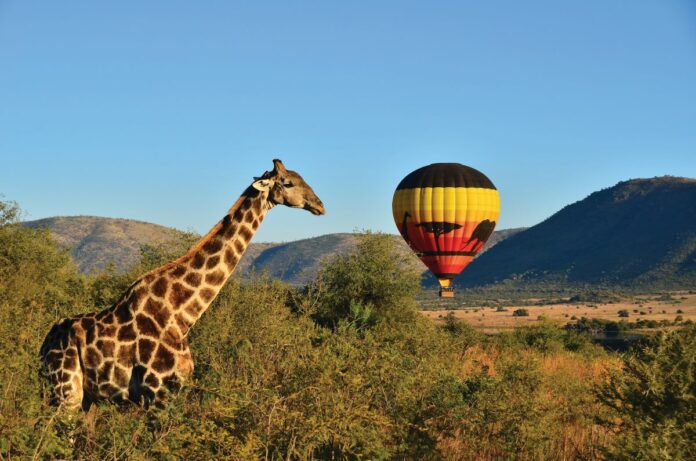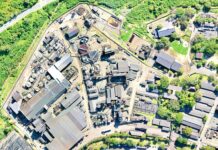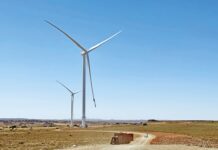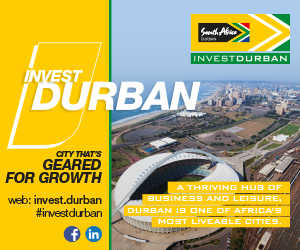When the accused in the Transnet fraud and corruption case appeared in a specialised commercial crimes court in October 2022, there was not enough room in the dock for the 11 accused. The first row of the public benches had to be used to fit the former staff members and their alleged accomplices to face more than 50 counts of fraud and corruption.
In the same month, the South African Reserve Bank seized what it understood to be former Steinhoff CEO Markus Jooste’s assets, including his house in Hermanus and the Stellenbosch wine estate and hotel, Lanzerac. Given the nature of these things, the ownership of the hotel is not entirely clear (it involves entities registered in the British Virgin Islands) but the broad strokes of the bank’s actions are clear – it intends getting to the bottom of the accounting scandal that led to losses for investors which may amount to R200-billion.
In 2021 ex-president Zuma’s refusal to appear before the Zondo (state capture) commission led to him spending time in jail. His trial on substantive corruption charges lies ahead.
For the chances of a South African economic recovery, these events are seminal. The era of state capture will take time and forensic effort to unravel, but the fact that trials are happening – and that two of the Gupta brothers were arrested and denied bail in Dubai – means that the country’s National Prosecuting Authority seems to be on track again after itself being buffeted by disruptive forces.
That the Reserve Bank is doing its bit to rein in the private sector must also be welcomed by businesses and investors who know that economies can only grow if there is trust and respect for the rule of law.
Dutch brewing giant Heineken has signalled some confidence in the South African economy with its decision to purchase Distell for a reported R38.4-billion. Heineken already runs (and has expanded) the Sedibeng brewery in southern Gauteng and announced its intention to take a majority share in its regional partner, Namibia Breweries.
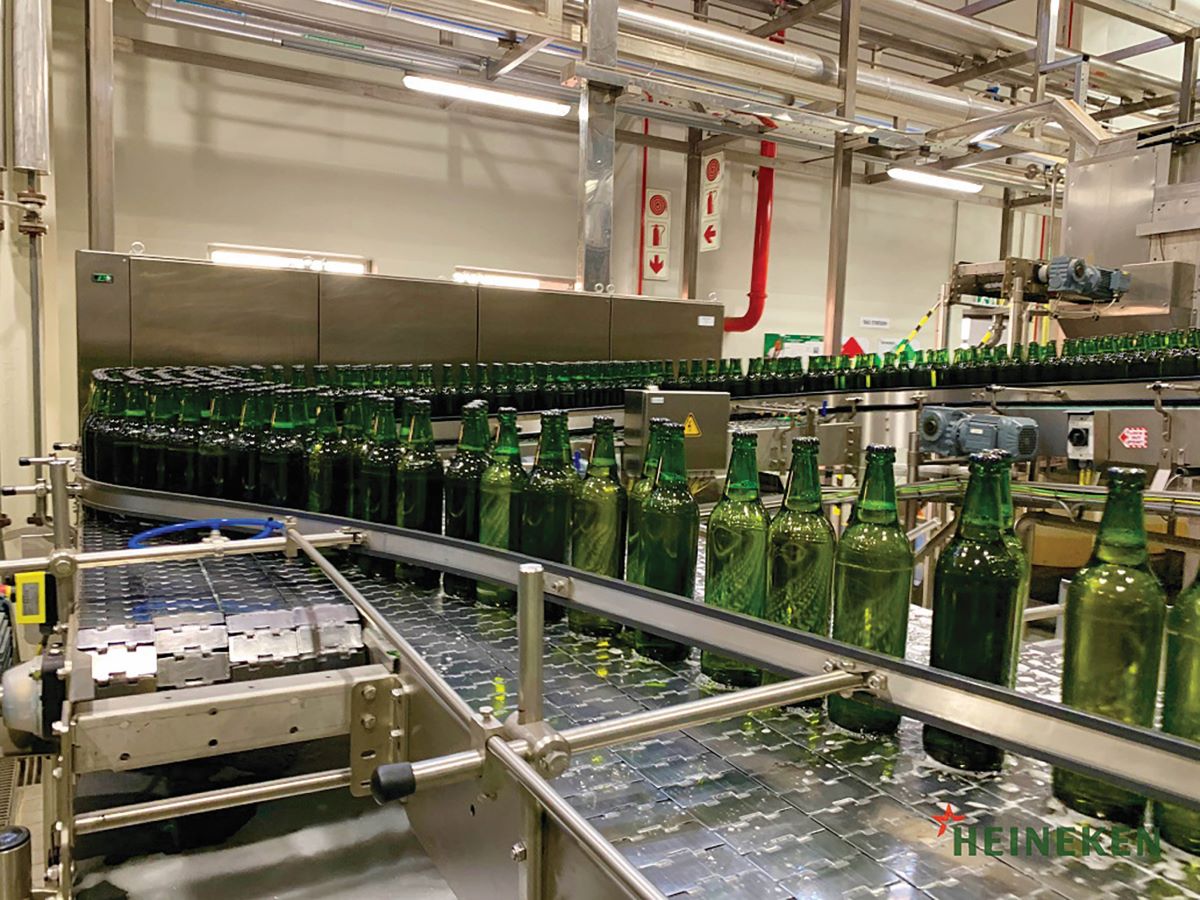
Distell brands such as Savanna, Three Ships Whisky, Klipdrift and Amarula will give the expanded company a much more diverse portfolio and position it for a drive into other African markets.
Speaking to the Sunday Times after the release of Distell’s annual results in August 2022, Distell CEO Richard Ruston highlighted the economic factors that the country has to get right for the economy to thrive: “macroeconomic stability, policy certainty and the big infrastructure and energy initiatives”.
Getting it right
One institution that the state-capture plotters never succeeding in getting their hands on was the state Treasury, although there was one fraught weekend in December 2015 when it was touch-and-go.
With the Reserve Bank also having managed to preserve its independence (and now showing some muscle in the Jooste saga), the first two items highlighted by the Distell CEO – macroeconomic stability and policy certainty – at least have a solid basis on which economic planners and politicians can build.
And a very positive element is that virtually everyone agrees that big infrastructure and energy initiatives are what the country needs. Quite what, how and when are still being debated, but at least the need is agreed on.
From government’s side, there is an initiative to coordinate efforts with regard to infrastructure. In 2020, Infrastructure South Africa (ISA), a programme within the Ministry of Public Works and Infrastructure, was established.
ISA is headed by Dr Kgosientsho Ramokgopa and it reports to the Presidential Infrastructure Coordinating Commission (PICC) Council, chaired by President Cyril Ramaphosa. The body is intended as the single point of entry for accelerated infrastructure investment, with a particular focus on both public and private sector social and economic infrastructure projects.
Energy and recovery
An excellent programme exists to procure the energy that South Africa needs to expand the economy, the Renewable Energy Independent Power Producer Procurement Programme (REIPPPP). The programme has suffered one unwarranted interruption since its introduction in 2012, but generally it has delivered what it was intended to deliver, cheaper, greener power.
In Round Five of the REIPPPP, the cheapest solar generation cost was 37.5c/kWh while the best wind cost was 34.4c/kWh. These represent remarkably low costs and are lower by an order of magnitude than the prices that were quoted when the programme began a decade ago.
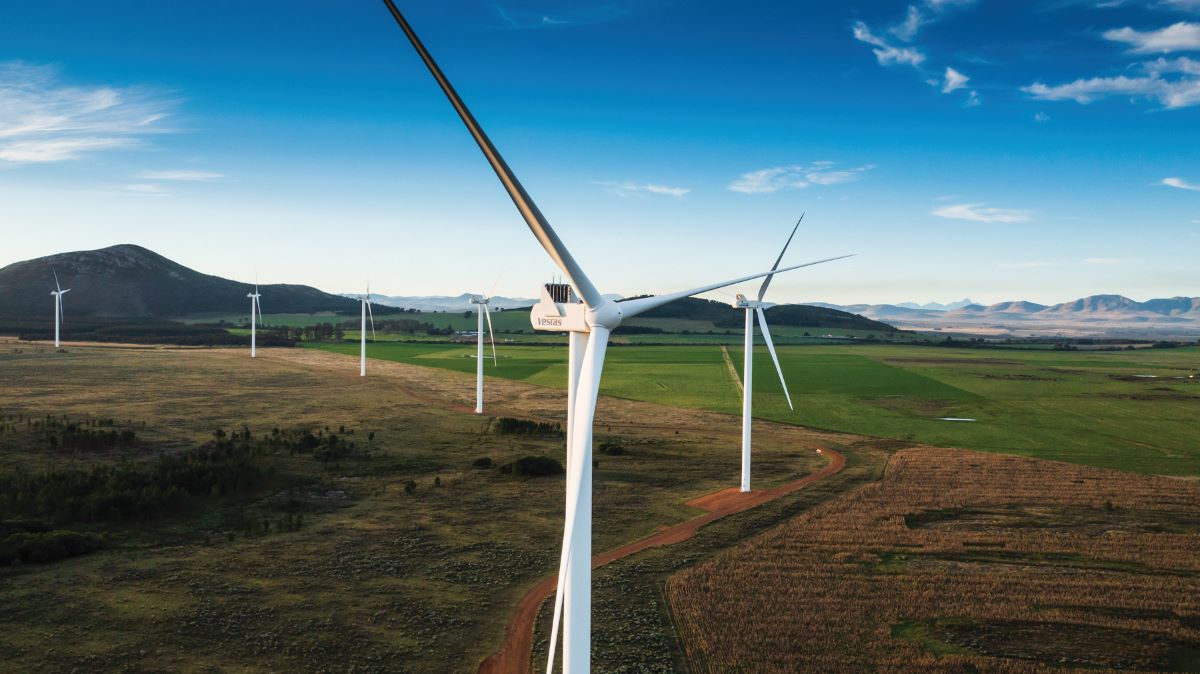
When President Ramaphosa announced that private power investors could create up to 100MW of power without having to wait for licensing, he potentially opened up a path to growth, a path that has been constrained for some time by the limitations of the national utility, Eskom.
Eskom’s inability to provide enough electricity to power the economy (and its huge debt) rank as the biggest risks to the South African economy. Opportunities for private consortiums are expanding and every window of the REIPPPP has been oversubscribed so there is an appetite to enter the South African energy market.
Eskom’s unbundling will be another spur to growth. The legal separation of transmission is the first step, with the other two elements, generation and distribution, to follow. The idea is not to privatise the entities but to find private partners and to allow for competition within the various fields.
The R130-billion pledged at COP26 by the EU, the US, Germany, France and the UK to assist South Africa’s transition from oil and coal to greener technologies is not straightforward; it comes as a mixture of grants, risk-sharing instruments and concessional finance but it will allow South Africa to fund projects that will help the country to move away from fossil fuels without further stretching Eskom’s precarious finances.
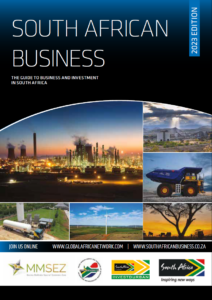 The mining sector is also paying close attention to the world’s shifting priorities in terms of how to power the economy: commodities attracting the most attention are those which have the potential to power the green economy, platinum group metals (PGMs) and chrome among them. In August 2021, South African mineral exports were 44% higher than the year before. Covid obviously had a lot to do with that figure, but R166.5-billion still represented a good return.
The mining sector is also paying close attention to the world’s shifting priorities in terms of how to power the economy: commodities attracting the most attention are those which have the potential to power the green economy, platinum group metals (PGMs) and chrome among them. In August 2021, South African mineral exports were 44% higher than the year before. Covid obviously had a lot to do with that figure, but R166.5-billion still represented a good return.
Although gold mining is declining in volumes (even while prices rise), the major investment of Vedanta Zinc International in a project in the Northern Cape and Sibanye-Stillwater’s acquisition drive in the PGM sector are significant economic drivers. De Beers’ investment in its Limpopo diamond mine, Venetia, will significantly expand that facility’s life.
Coal and iron ore continue to be exported in large volumes through the Richards Bay Coal Terminal on the east coast and the Port of Saldanha on the west coast.
The agricultural sector fared fairly well during the Covid-19 lockdown. Although sectors like wine suffered badly, a reported increase in maize exports, as well as greater international demand for citrus fruits and pecan nuts, helped the industry expand by 15% (StatsSA). However, since Covid, there has been the Russian invasion of Ukraine, which has not only disrupted markets for South African produce but upset logistics chains.
Grain crops such as maize, wheat, barley and soya beans are among the county’s most important crops. Only rice is imported. Wine, corn and sugar are other major exports.
Basing economic growth on a devaluing currency is not always the best long-term method of boosting economic growth, but high-value agricultural exports and increased numbers of high-spending international tourists hold some promise for helping to get the South African economy back on a growth path. Horticulture in particular is seen as holding great potential not only for increased earnings, but for creating jobs. South Africa’s traditional strength in minerals still holds good.



